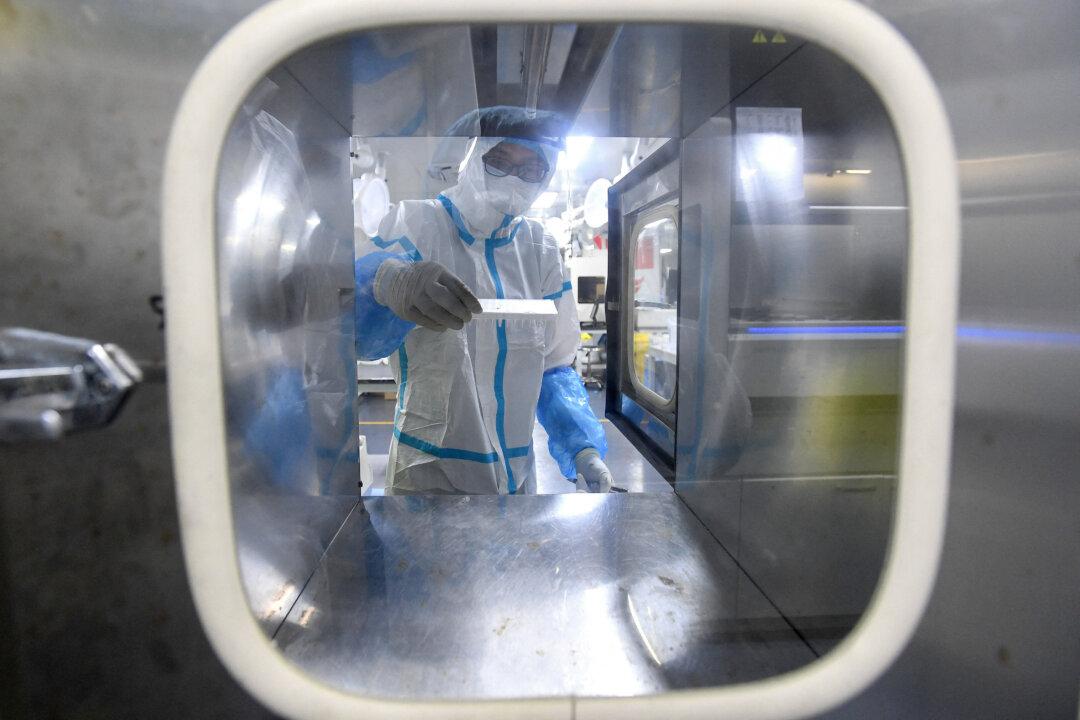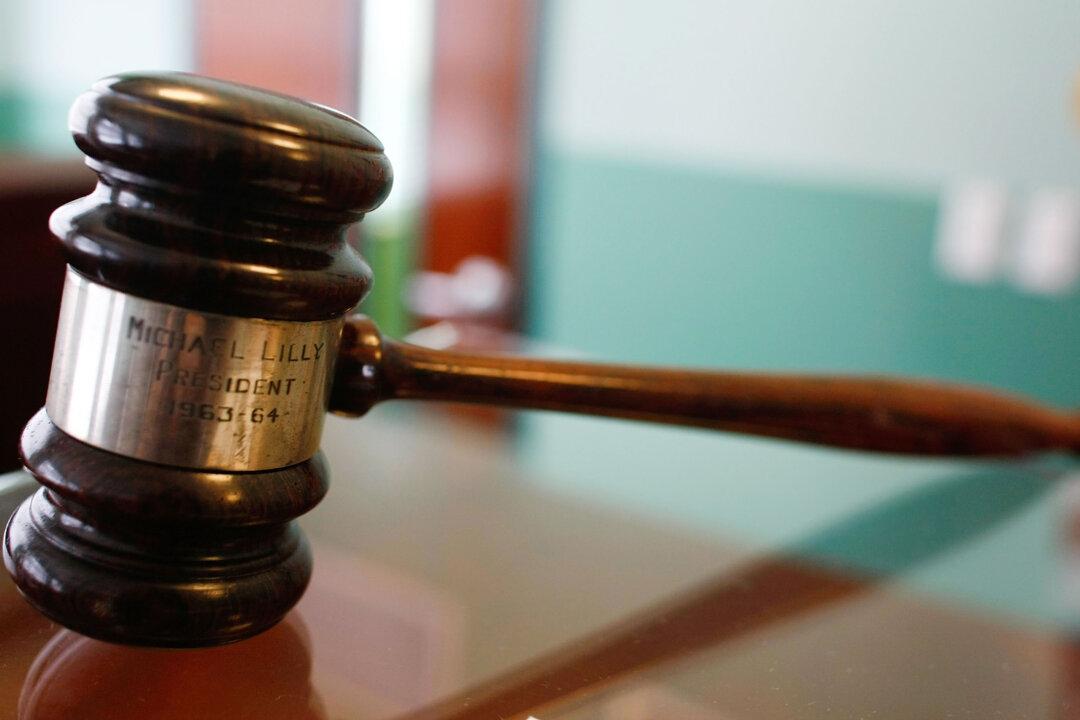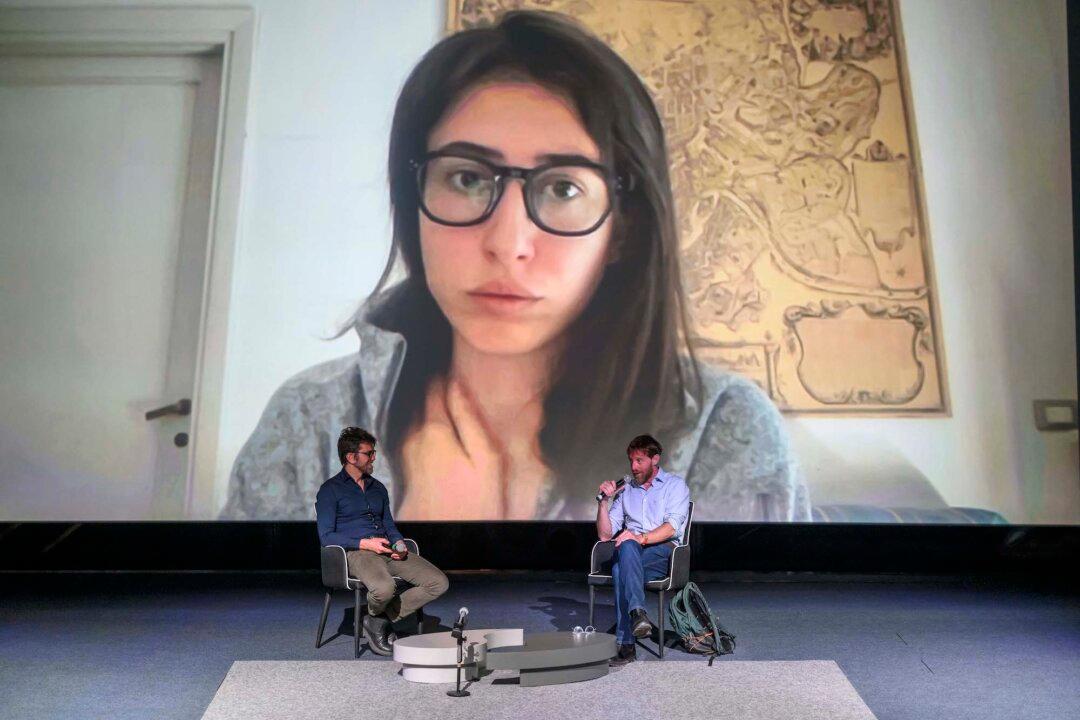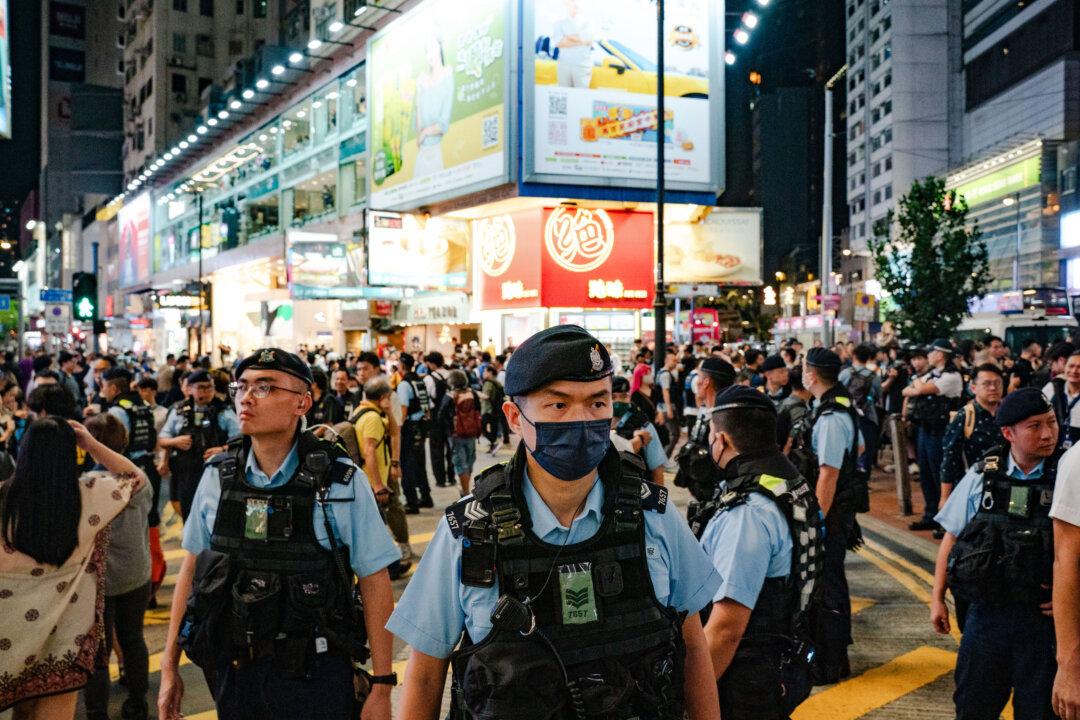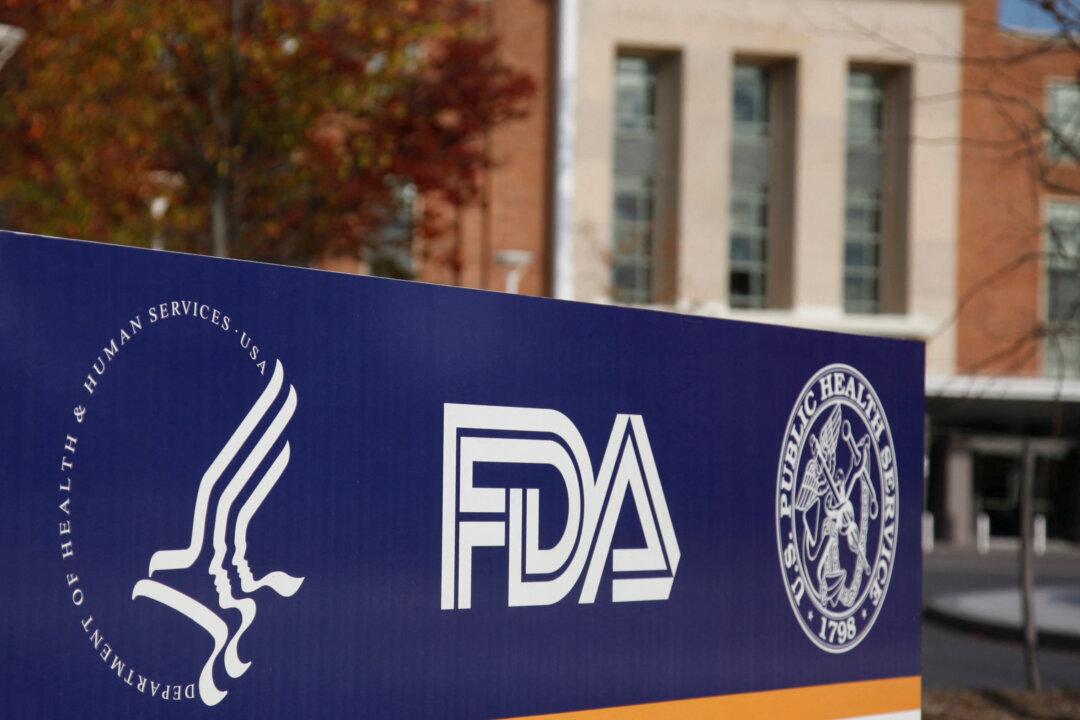The Office of the Director of National Intelligence finally released a government report on the origins of COVID-19 on Friday. The chairs of the House Intelligence and Coronavirus Pandemic committees say the report lends credence to the theory that the virus may have originated in a laboratory in Wuhan, China.
Congress passed legislation earlier this year mandating the declassification of information related to potential connections between the Wuhan Institute of Virology (WIV) and the origins of the pandemic.
